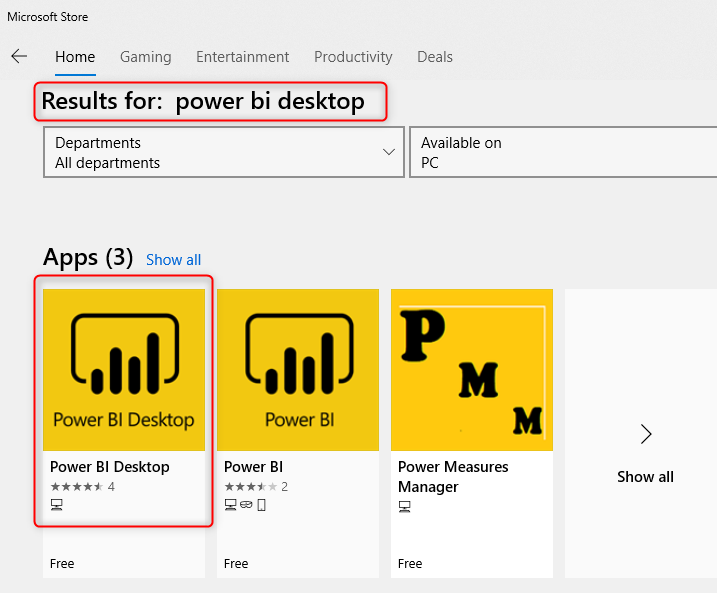

Then, go to the “Data” tab and note that your tables contain some data: The tab contains some visuals which you may have created before. This file has one data source connected to a popular Microsoft SQL Server database “Adventure Works” which is often used for demo purposes.īefore we start, please look attentively at the tab “Report” in Power BI Desktop:

You may also use the file attached to this article: “AdventureWorks.pbix”. A better choice would be a file which uses parameters, or a file connected to an SQL data source.

To follow the steps below, you may use any of your Power BI Desktop files. We will go through a short tutorial to explain the concept. Creating Templates in Power BI Desktopįirstly, let’s consider Power BI template files from a BI developer perspective. You can change, improve and tailor such a template to the needs of your business.īelow, we will discuss all the 3 definitions of Power BI templates. An example of a report which you might use to start not from scratch when trying to think of a sales or financial forecast dashboard. On the other hand, a Power BI business user would say that a Power BI template is an example of a Power BI application. Then, the developer could add that you can also use theme templates in Power BI to apply colour schemes to your Power BI reports. A Power BI Developer would say that a Power BI template is a Power BI file which contains all meta-data for a report but doesn’t contain the data itself. For an optimal experience, we recommend Office 365.Power BI Templates are a huge topic, partially because different people will give you different definitions of what they consider to be a Power BI template. While Power Query is available as an add-in Excel 20, the tools have changed significantly, and this course has only been designed and tested for Excel 2016 and later.
Power bi for mac users windows#
Please note that Power Query, Power Pivot and Power BI Desktop are only available on the Windows platform, so Mac users will require Bootcamp running Windows or a Virtual machine with a Window O/S. In this course we focus on Excel Power Tools, join us for this exciting journey. To get the most out of this course we would recommend you do the previous courses or have experience with these topics. The previous courses: Excel Fundamentals for Data Analysis and Data Visualization in Excel, cover data preparation, cleaning, visualisation, and creating dashboards. This is the third course in our Specialization on Data Analytics and Visualization. We will finish off by venturing out of Excel and introducing Power BI, which also uses the Power Query and Power BI architecture but allows us to create stunning interactive reports and dashboards. We will see how Power Pivot revolutionises the actual analysis process by providing us with an analytical database inside the Excel workbook, capable of storing millions of rows, and a powerful modelling language called DAX which allows us to perform advanced analytics on our data.
Power bi for mac users how to#
In this course, we will learn how to use Power Query to automate the process of importing and preparing data for analysis.
Power bi for mac users upgrade#
Over the last few years, Microsoft have worked on transforming the end-to-end experience for analysts, and Excel has undergone a major upgrade with the inclusion of Power Query and Power Pivot. In this four-week course, we introduce Power Query, Power Pivot and Power BI, three power tools for transforming, analysing and presenting data.Įxcel's ease and flexibility have long made it a tool of choice for doing data analysis, but it does have some inherent limitations: for one, truly "big" data simply does not fit in a spreadsheet and for another, the process of importing and cleaning data can be a repetitive, time-consuming and error-prone. Welcome to Excel Power Tools for Data Analysis.


 0 kommentar(er)
0 kommentar(er)
